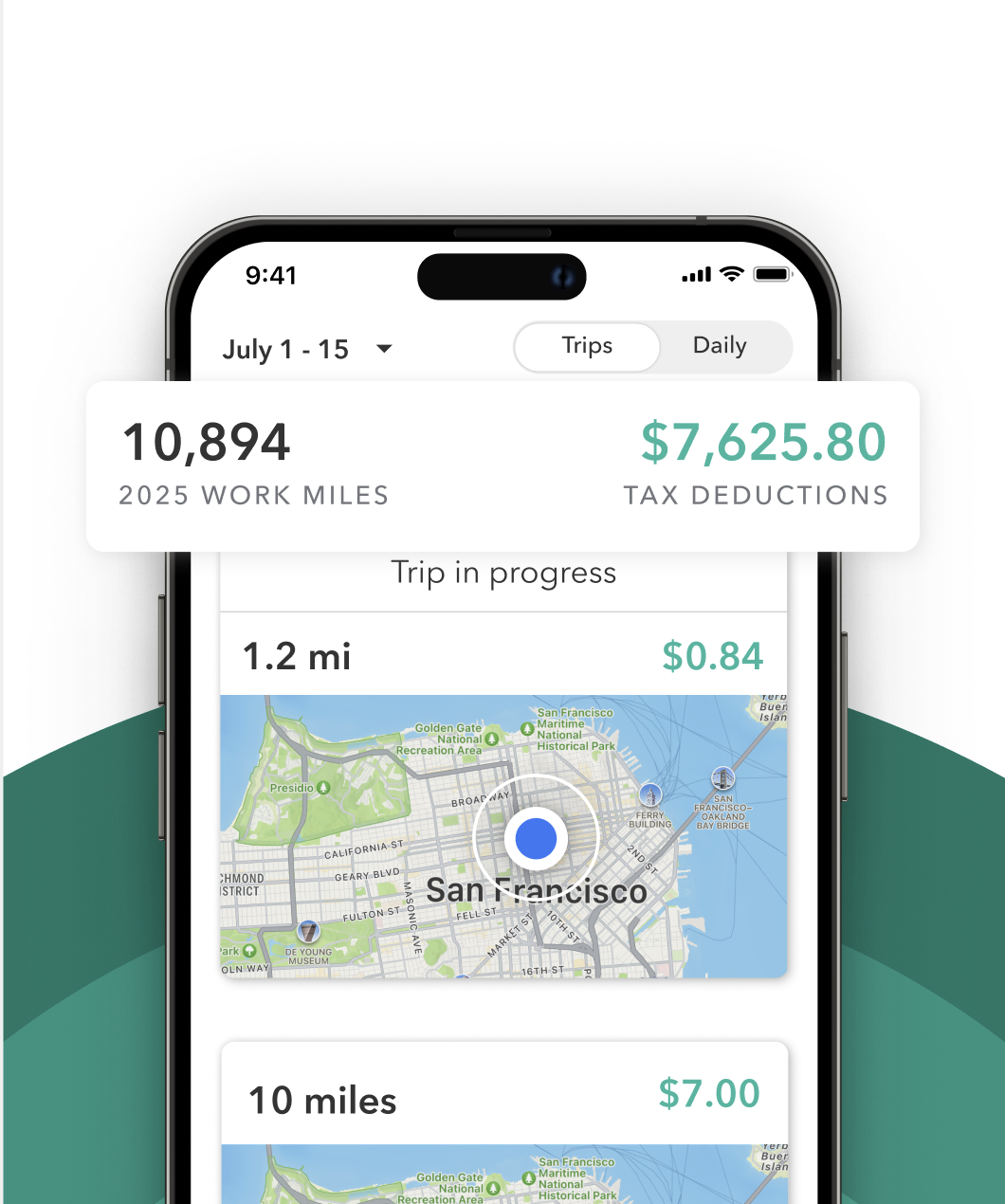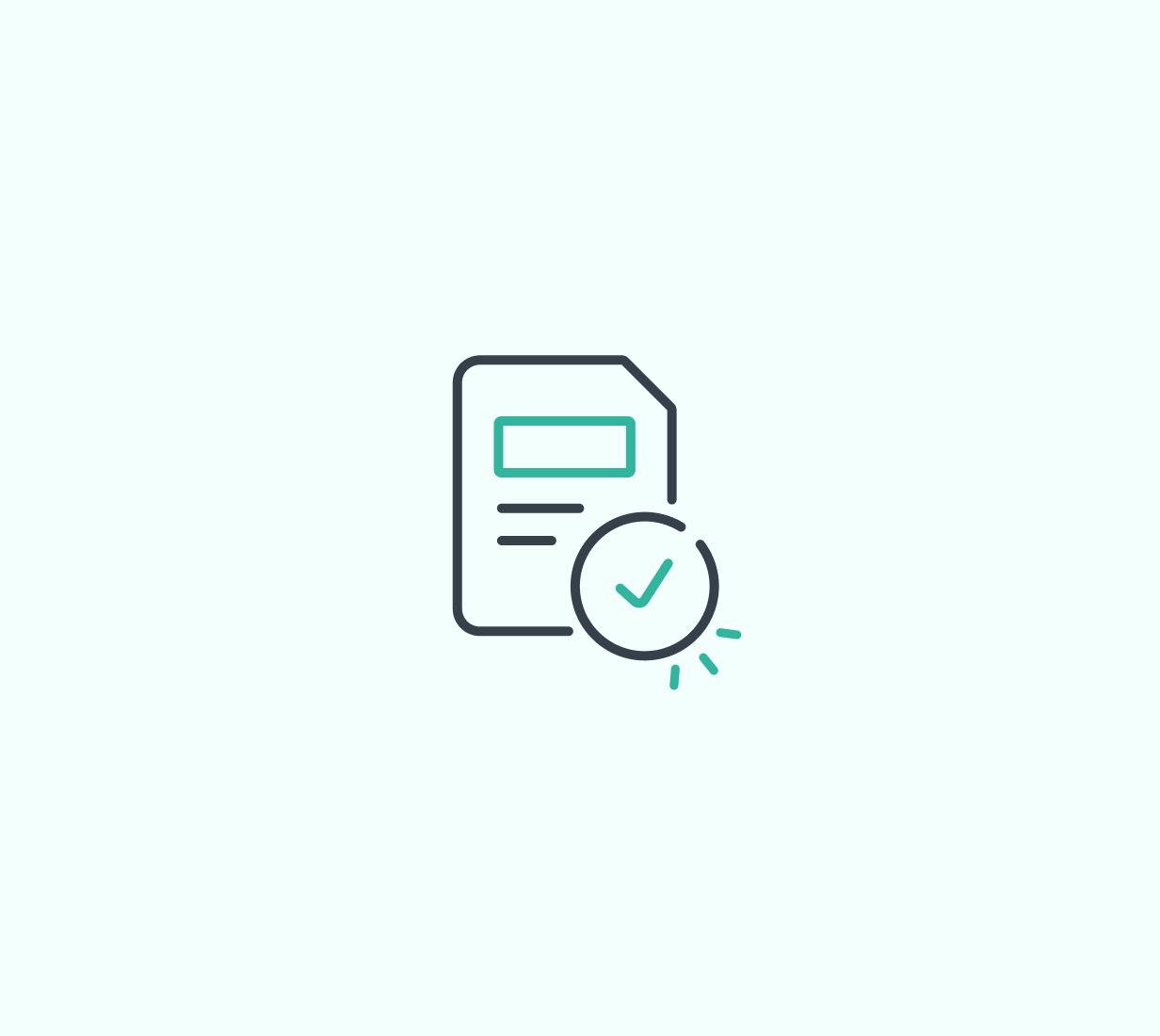If you shop and deliver for Instacart, tracking your mileage is one of the best ways to lower your tax bill. Every mile you drive for work can reduce your taxable income and save you real money at tax time.
But what trips count as deductible? How do you keep track of them? And which method gives you the biggest deduction?
This guide will explain how mileage deductions work for Instacart shoppers, what the IRS expects, how to choose the right method, and how to track your miles so you don’t leave money on the table.
Why mileage tracking matters for Instacart shoppers
When you work with Instacart, you’re considered self-employed. That means you pay for all your own expenses, including the cost of driving your car for deliveries. The IRS knows these costs add up. That’s why it allows you to write off your car expenses from your taxable income. This lowers what you owe in taxes.
There are two main ways to do this:
- The IRS Mileage Rate
- The Actual Expenses Method
Most shoppers choose the IRS Mileage Rate because it’s simpler and often results in bigger deductions, especially if you drive many miles. But whichever method you use, you need to keep careful records. The IRS has detailed mileage log requirements it needs to back up your deductions. Without a mileage log, you could lose the deduction or face penalties.
What counts as business mileage for Instacart
Not every mile you drive can be deducted. The IRS says mileage must be “ordinary and necessary” for your business.
Miles you can deduct include:
- Driving to the customer’s address to drop off groceries
- Traveling from one store to another
- Moving between delivery zones while staying available for orders
- Picking up required supplies for your Instacart work (like insulated bags)
Miles you can’t deduct:
- Your commute from your home
- Driving home after logging out for the day
- Personal errands in the middle of your work shift
Separating personal and business miles is critical. Mixing them can cause problems if you’re ever audited.
Standard Mileage Rate
This is the simplest and most common method for Instacart shoppers. You track all the business miles you drive during the year and multiply them by the IRS-set rate. This single rate is designed to cover all typical vehicle costs like gas, maintenance, insurance, and depreciation.
Example:
If you drove 12,000 miles for Instacart in 2025:
12,000 × $0.70 = $8,400 deduction.
For many shoppers, this deduction alone reduces their tax bill significantly.
Actual Expenses Method
This method is more detailed but can sometimes give you a bigger deduction, especially if your vehicle costs are high. You add up all your actual vehicle expenses for the year, then figure out what percentage of your total miles were for Instacart. You deduct that percentage of your costs.
Expenses you can include:
- Gas and oil
- Repairs and maintenance
- Insurance premiums
- Registration fees
- Lease payments or depreciation
Example:
If you drove 18,000 miles total in a year, with 14,000 miles for Instacart deliveries, that’s 78 percent business use. You could deduct 78 percent of your total vehicle costs.
Expenses you can deduct no matter which method you choose
Some driving-related expenses can be deducted even if you use the Standard Mileage Rate.
Examples include:
- Tolls you pay while delivering
- Parking fees during deliveries (but not fines)
How to track your Instacart mileage
The IRS expects you to keep a clear, accurate mileage log. You can’t just estimate or round.
Your log needs to include:
- Date of the trip
- Starting location and destination
- Business purpose (for example, “Delivery to customer address”)
- Total miles driven
Instacart may provide you an end of year summary of the miles you drove while doing deliveries. This is a helpful check against your mileage log, however, if audited will not be sufficient and may cost you your entire mileage deduction. This isn’t theoretical. In real IRS audits and Court cases, drivers have lost the entire write-off because they tried to estimate or reconstruct trips after the fact.
You can write this in a notebook or spreadsheet, but this approach is time-consuming and easy to forget on busy delivery days. Apps like Everlance make this process automatic. Everlance runs in the background and logs trips for you, so you can review them and label them as business or personal with a swipe. At tax time, you can export an IRS-compliant report with all your mileage neatly organized.
How to claim your mileage deduction
As an independent contractor, you’ll report your business income and expenses on Schedule C (Form 1040) when you file your taxes. Like we mentioned above, for vehicle costs, you’ll choose one of the two methods:
- Standard Mileage Rate: Multiply your business miles by the IRS rate.
- Actual Expenses Method: Deduct the business-use portion of your actual vehicle costs.
You can’t use both methods for the same car in the same year. Always keep your mileage logs and receipts for at least three years in case of an audit.
Common mistakes Instacart shoppers make
Many Instacart shoppers lose money or face IRS trouble by making these common mistakes:
- Not tracking miles consistently
- Including personal trips as business mileage
- Forgetting to save receipts for actual expenses
- Estimating miles instead of logging them accurately
- Not understanding which method is better for them
Avoiding these mistakes helps ensure you get every deduction you deserve.
Mileage is often the biggest deduction available to Instacart shoppers. By tracking every business mile and choosing the best method for your situation, you can lower your taxable income and keep more of what you earn.











